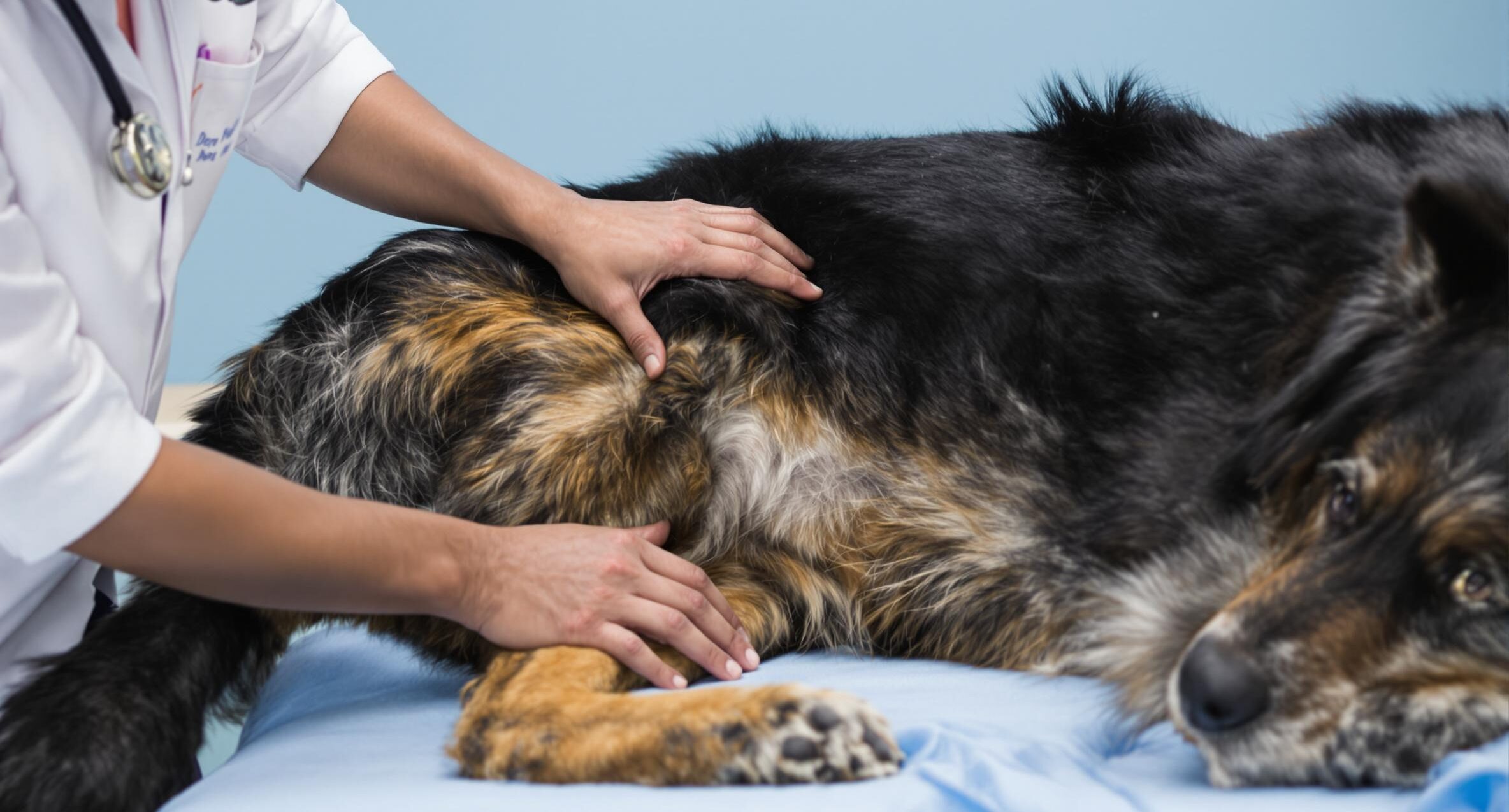Symptoms of Urinary Tract Infections in Dogs

Signs of a urinary tract infection in your pet include lethargy, loss of appetite, increased frequency of urination often with smaller amounts at a time, straining at urination which may be painful leading to vocalization, inappropriate urination in the home or outside the litterbox, bloody urination, and often a strong offensive odor to the urine. Certain bacterial agents may lead to the production of secondary crystals and mucous within your pet’s urinary tract, which results in painful obstruction. On the other hand, some pets may be diagnosed with a urinary tract infection without any clinical symptoms being present. Summary of urinary tract infections symptoms:
- Increased frequency of urination
- Urgency of urination
- Straining to urinate
- Inappropriate urination (accidents in your home)
- Bloody urination
- Offensive odor to urine
How are pets diagnosed with urinary tract infections?
Clinical history and a thorough physical exam are important components of diagnosing urinary tract infections in dogs and cats, as well as searching for predisposing causes. Urine testing and urine analysis, including microscopic exams of urine are the hallmarks of definitive diagnosis. The most accurate diagnostic technique is to obtain urine by having a needle inserted into your pet’s bladder (known as cystocentesis) by your veterinarian. This technique is relatively painless and has a very low risk of complications. If this is not possible, pet guardians are often asked to obtain a first morning urine sample (known as a free catch sample) to drop off to their veterinarian for urine analysis. In pets with recurrent or persistent infections, additional testing may be done, including urine culture, X-rays, and ultrasound to evaluate for other diseases like urinary tract stones, polyps, or tumors. If clinically indicated, CBC/chemistry blood profiles may be done to evaluate for systemic diseases such as diabetes and Cushing’s Disease.





